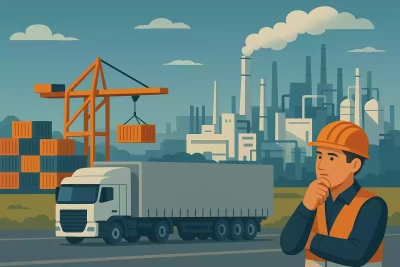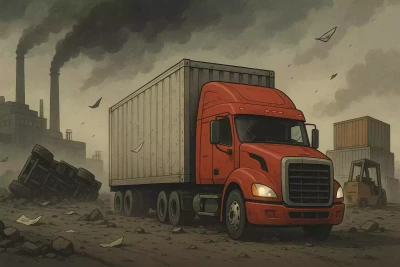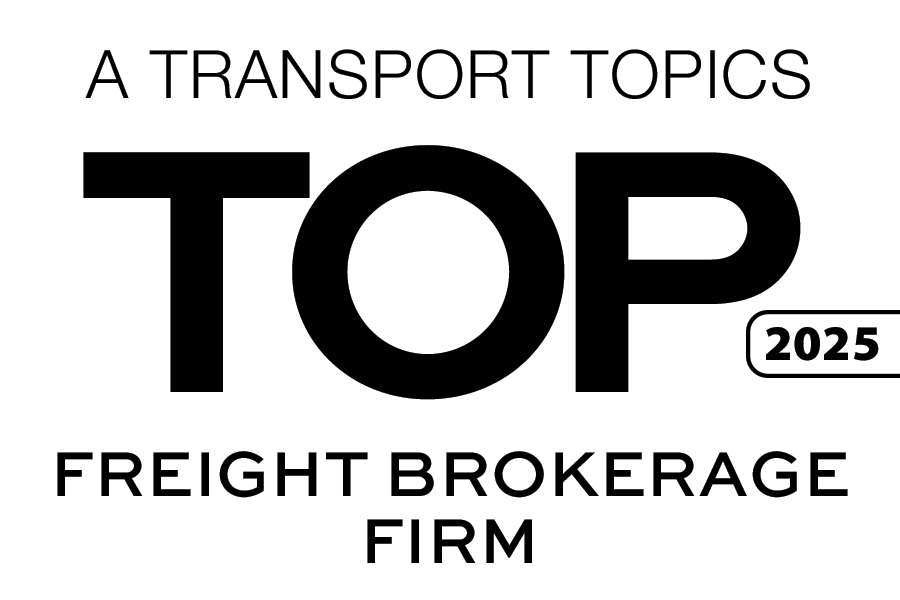Freight and Manufacturing in 2025: A Year of Transition and Patience
June 3, 2025
 As we move through 2025, it’s clear that the freight and manufacturing sectors are entering a transitional phase. While the early months of the year saw an artificial spike in imports into Canada driven by anticipation of new tariffs, that early surge has since cannibalized future demand. The result? A quieter landscape in Q1 of 2025 as stakeholders wait to see how evolving trade policy will impact long-term decision-making.
As we move through 2025, it’s clear that the freight and manufacturing sectors are entering a transitional phase. While the early months of the year saw an artificial spike in imports into Canada driven by anticipation of new tariffs, that early surge has since cannibalized future demand. The result? A quieter landscape in Q1 of 2025 as stakeholders wait to see how evolving trade policy will impact long-term decision-making.
Tariffs remain a wild card. Often implemented to encourage domestic manufacturing, retaliate against foreign policy decisions, or raise revenue, tariffs can also create uncertainty. Businesses are understandably reluctant to shift production back to the U.S. if the economics hinge solely on tariffs that could disappear after the next election cycle.
“Why would you move a production line domestic if the economics are only resting on a whimsical tariff decision that could be reversed next month?” Asks Chris Caplice, Senior Transport Research Scientist at MIT.
Meanwhile, the two key forces that can shift the broader economy—fiscal policy and consumer confidence—are currently in flux. Any changes in these areas will take three to five quarters to meaningfully affect the market. That places most expectations for economic improvement near the end of 2025 or into 2026.
Will chaos in 2025 result in a stronger, more stable economic future? Get an expert forecast for the freight economy and more in the latest episode of the Stay In Your Lane Podcast.
2025 may very well be a “rebuilding year” for the freight industry, not unlike a sports team restructuring its lineup. There are no clear triggers on the horizon to spur a sudden surge in freight demand. Housing starts remain stagnant due to persistently high mortgage rates, and many homeowners are locked into low-interest loans they aren’t eager to trade away.
“I’m optimistic but cautious,” says Caplice. “I think this is going to end up being a transition year and we’re going to go out in a much more positive tone than we started.”
Consumer demand, another potential growth driver, appears to be plateauing rather than accelerating. While tariffs may raise costs, they aren’t expected to significantly boost domestic production in the short term. The cost pressures are real, and without a strong uptick in demand, freight rates are unlikely to see dramatic increases.
 Capacity remains in a delicate balance. Carriers continue to operate on thin margins, with some larger fleets still shedding assets, though at a slower pace than in previous quarters. The industry is walking a tightrope, waiting for the next move, whether that’s an economic rebound or a downturn that tightens capacity.
Capacity remains in a delicate balance. Carriers continue to operate on thin margins, with some larger fleets still shedding assets, though at a slower pace than in previous quarters. The industry is walking a tightrope, waiting for the next move, whether that’s an economic rebound or a downturn that tightens capacity.
While there’s always the possibility of unexpected disruptions such as natural disasters, geopolitical events, or economic policy changes, most signs point to a year of modest progress and recalibration. For shippers and carriers alike, the focus in 2025 should be on building resilience, managing costs, and staying agile in a market that remains uncertain but full of long-term potential.
Triple T Transport is here to help you navigate this year of transition. Whether you’re a shipper seeking cost-effective solutions or a carrier looking for steady, reliable freight opportunities, our team brings decades of experience and insight to help you weather economic uncertainty. We specialize in building strong relationships and creating flexible strategies that adapt to the ever-changing logistics landscape.














